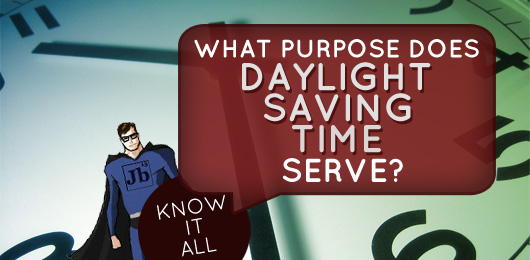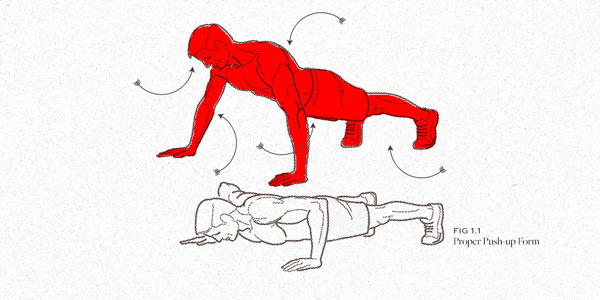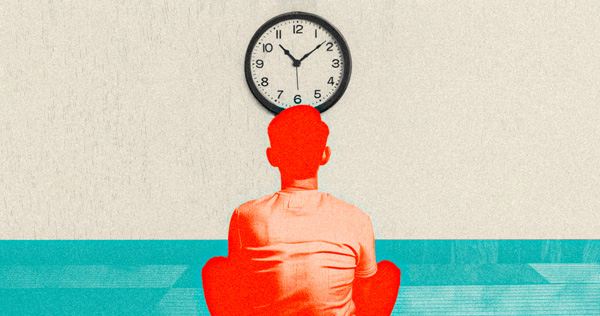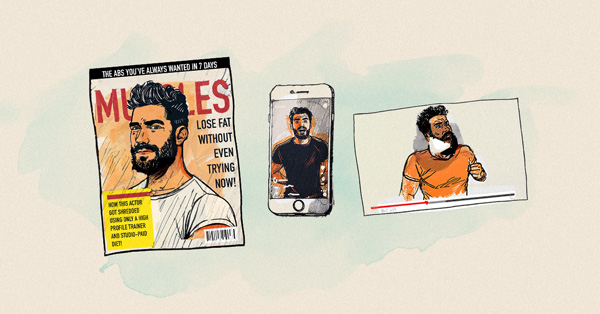Everybody has that moment when they realize they don’t know about something that they should probably know about. Whether it’s history, language, science, or cultural phenomena, you’ve felt the stinging personal embarrassment of a moment wherein you realize there’s some common knowledge that isn’t so common. Don’t feel bad; nobody knows everything. Nobody, that is, except me and my sidekick, The Internet!
Somewhere in the world, a confused soul begs the question…
What Purpose Does ‘Daylight Saving Time’ Serve?
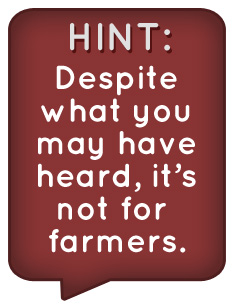
Though a form of it was proposed by people like Ben Franklin, George Vernon Hudson, and William Willett dating back to 1784, the first established use of what we now regard as Daylight Saving Time did not occur until World War I, when Germany and all of their allies adopted the clock-shifting in order to conserve coal. When the practice yielded positive results, other European nations and the United States eventually followed suit. Daylight Saving Time was born. The importance of this practice was reinforced in 1973-74 during the OPEC oil embargo (in America, it was actually extended by two months due to the crisis).
So, the purpose of Daylight Saving Time is to save energy, not to allow for longer sun-filled barbecues during Memorial Day weekend; if the sun is out “later” than normal, fewer people will turn on the lights in their home, and less electricity is consumed.
But is this true? The two most prominent studies related to energy usage during Daylight Saving Time suggest that the answer actually may be “no”:
- A 1975 US Department of Transportation study estimated that Daylight Saving Time would reduce a nation’s electricity consumption by 1% during March and April. The next year, the National Bureau of Standards concluded that the estimated reduction in energy usage (if any) was not significant at all.
- In 2008, a study of residential electricity consumption in Indiana (two years after Daylight Saving Time was adopted across the entire state rather than just in select counties) found that electricity use increased by 1 percent overall during Daylight Saving Time.
How does this make sense? In a hyphenated word: air-conditioning (amongst other things).
While people surely are not turning on lights with the sun being visible later into the night, they are cranking up the air and cooling down indoors while watching television, playing video games, or working on their computers until the sun goes down and temperatures drop. When Daylight Saving Time was adopted early in the 20th century, these sorts of indoor luxuries did not exist and thus, were not factored into the decision. On top of that: Indiana isn’t even a hot state – how much more air conditioning and electricity is being used in states like Texas or New Mexico (the oft-sweltering Arizona wisely does not participate in Daylight Saving Time) because of this clock-winding business? I digress.
Regardless of whether or not it effectively reduces electricity usage in the modern age, the purpose of Daylight Saving Time is to reduce the amount of energy used to light our homes during the spring, summer, and fall (though there certainly are other benefits).



